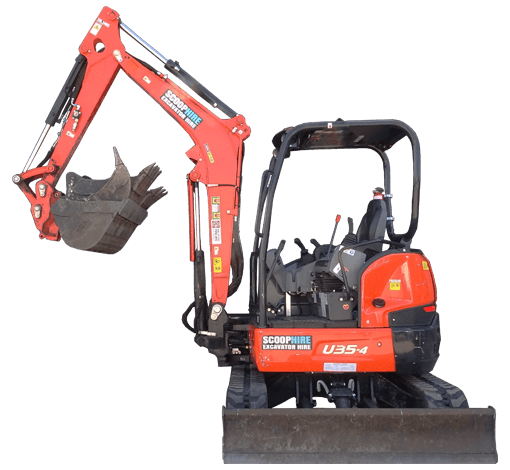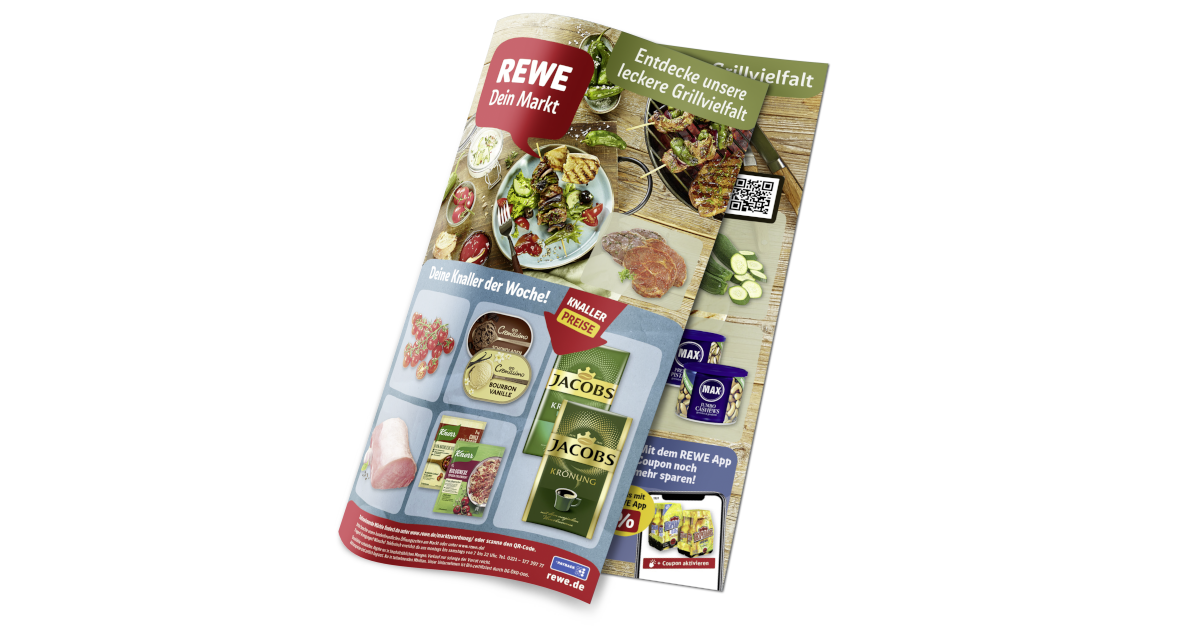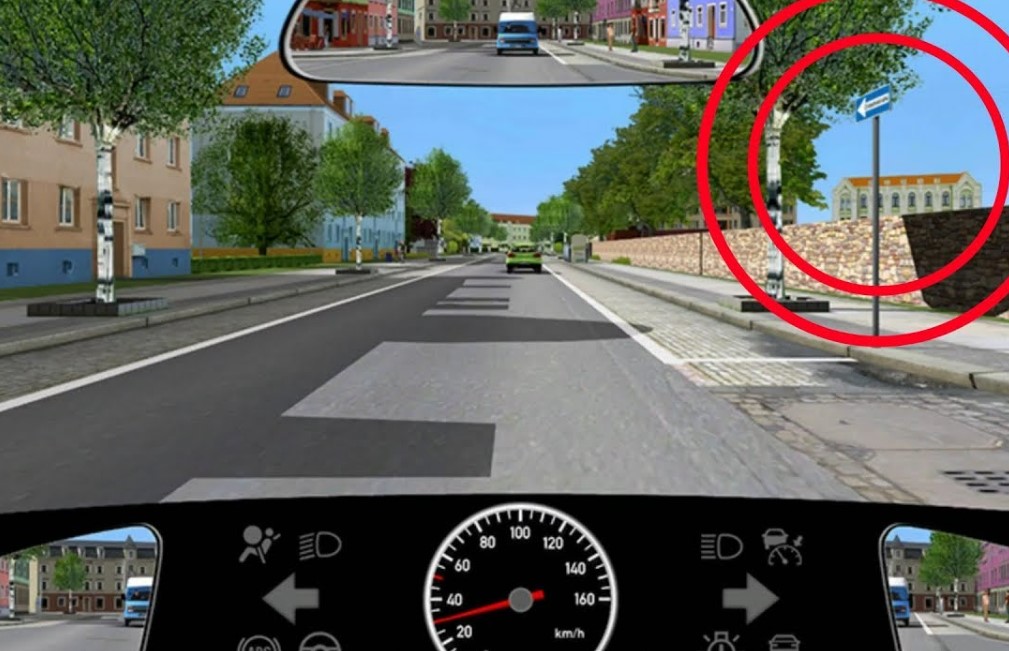Every morning, we engage in a routine without realizing how much technology is involved in every step. From waking up in a metal-framed bed to making our morning coffee and driving to work, we interact with various objects created through advanced machining technologies. One of these technologies, CNC (Computer Numerical Control) turning, plays a pivotal role in the production of many everyday items. Yet, most of us are unaware of its importance and impact on our daily routines.
CNC machining, particularly CNC turning and CNC milling, is a manufacturing process that uses computer-controlled machines to remove material from a workpiece, shaping it into a precise part. These parts are used in almost every aspect of modern life, from household items to automotive components. The level of precision and consistency offered by CNC machining is unmatched by other manufacturing methods, making it an essential part of the production process for a variety of industries. Websites like Radmot offer insight into the world of CNC machining, showcasing its wide range of applications.
The Role of CNC Machining in Household Items
Take a closer look around your home, and you’ll see countless items that have been made using CNC machining techniques. One prime example is the metal-framed bed you wake up in each day. The precision required to cut, shape, and assemble the metal parts of a bed frame is achieved using CNC turning and CNC milling. These machines ensure that the metal pieces fit together perfectly, providing strength and stability.
In the kitchen, your coffee maker is another product of CNC machining. The intricate parts inside the machine, such as the handle, the water pipes, and even the heating elements, require precise shaping to work effectively. CNC turning helps manufacture these components to exact specifications, ensuring your coffee maker operates efficiently. Without CNC machining, the small, delicate parts that make up such appliances would be much harder to produce consistently.
Even the doorknobs, cabinet handles, and light fixtures in your home likely owe their existence to CNC turning. These items may seem simple, but they require careful machining to achieve their smooth, polished appearance and reliable function. CNC milling and turning machines are used to create these products from raw materials, shaping them with pinpoint accuracy. The result is a final product that is not only aesthetically pleasing but also durable and functional.
CNC Machining and the Automotive Industry
Your daily commute, whether by car or other forms of transport, also relies heavily on CNC machining. Cars are made up of thousands of parts, many of which are produced using CNC turning and CNC milling processes. From the engine components to the frame and even the wheels, precision machining is essential to ensure these parts work together seamlessly.
When you get into your car and start the engine, dozens of CNC-machined parts spring into action. The engine alone contains various CNC-turned parts, such as pistons, cylinders, and gears. These components need to be manufactured with extreme precision to ensure the engine runs smoothly and efficiently. Even the smallest deviation in the size or shape of these parts could lead to engine failure or reduced performance.
Moreover, CNC machining is critical in the production of automotive safety features. Braking systems, for example, require finely machined components that can withstand high pressure and temperatures. CNC milling ensures that brake pads, discs, and calipers are shaped to exact tolerances, providing the necessary reliability when you need to stop quickly. Without CNC turning, the level of precision required for such essential safety components would be difficult to achieve.
CNC Milling: A Versatile Machining Process
While CNC turning is crucial for creating cylindrical parts, CNC milling is another vital process that provides more flexibility in manufacturing. CNC milling machines can cut and shape materials in multiple directions, making them ideal for producing complex parts with intricate designs. For instance, the dashboard of your car, which contains numerous controls and display systems, is likely manufactured using CNC milling. The complex shapes and contours of these parts are difficult to achieve through traditional machining methods.
CNC milling also plays a significant role in the electronics industry, where precision is critical. The circuit boards inside your phone, laptop, or television are produced using CNC milling machines. These machines are capable of cutting tiny, intricate patterns into the boards, allowing the electronic components to be arranged precisely. The ability to create such small and detailed parts with high accuracy is one of the reasons why CNC milling is so widely used in modern manufacturing.
Moreover, CNC milling is often used to produce parts for the aerospace and medical industries, where precision is paramount. In the aerospace industry, for example, airplane components must meet strict safety and performance standards. CNC milling ensures that these parts are manufactured to exact specifications, allowing planes to operate safely and efficiently. Similarly, in the medical field, devices such as implants, surgical instruments, and diagnostic equipment rely on CNC-milled parts for their functionality and reliability.
How CNC Machining Has Transformed Manufacturing
CNC machining has revolutionized the manufacturing industry by allowing for greater precision, consistency, and efficiency. Before the advent of CNC machines, many products were made by hand or with manual machines, which left room for human error and inconsistencies. With CNC technology, manufacturers can produce identical parts in large quantities, ensuring that each part meets the same high standards of quality.
The rise of CNC machining has also led to increased innovation in product design. Manufacturers can now create more complex and intricate parts than ever before, allowing for the development of new products and technologies. This is especially true in industries such as automotive, aerospace, and electronics, where the demand for smaller, more efficient components continues to grow.
Additionally, CNC machining has made production faster and more cost-effective. Once a CNC machine is programmed with the design specifications, it can run continuously, producing parts with minimal supervision. This automation reduces labor costs and increases output, allowing companies to meet high demand without sacrificing quality.
Conclusion
From the metal bed frame you sleep on to the car you drive, CNC machining touches nearly every aspect of your daily life. Whether it’s through CNC turning or CNC milling, this advanced technology enables the creation of precise, reliable, and high-quality products that we often take for granted. Companies like Radmot continue to push the boundaries of CNC machining, ensuring that the products we rely on are made with the highest level of craftsmanship and innovation.
Next time you start your morning routine, take a moment to appreciate the complex machining processes that make your everyday objects possible. CNC machining, though often hidden from view, plays an essential role in the convenience and functionality of the world around us.


















